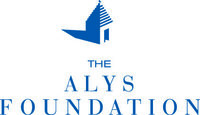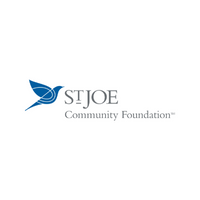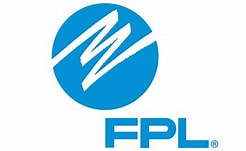Math Maniacs

- School:
- West Defuniak Elementary
- Subject:
- STEM Education
- Teacher:
- Carla Sconiers
- Students Impacted:
- 20
- Grade:
- 1
- Date:
- October 12, 2017
Investor
Thank you to the following investor for funding this grant.
CHELCO - $911.34
Original Grant Overview
Goal
Math Maniacs
As an elementary school teacher, I am requesting the funds to purchase three (3) laptops (Dell Latitude 3189).
Given below is a brief description of the need for these devices:
According to current research, math instruction is proven to be more effective when taught in a small group setting. Students demonstrate a better understanding of content and standards when working in a small math group, as well as having the appropriate technology to implement programs to reinforce what was taught in the teacher-led group. Having additional laptops to create one-to-one technology for students as I work with a small group would be very beneficial during my math block: This would allow me (the teacher) to lead one small group for the allotted time and the technology to serve as a reinforcement of the state standards for the other group(s). Student interest and motivation has also been shown to increase when using technology.
What will be done with my students
Some of the programs my class uses for math include Compass Learning/Pathblazer, Zearn, and Xtramath. These programs allow students to practice grade level standards and/or math facts to build math fluency. Florida Standards MAFS.1.NBT.1 (extend the counting sequence) and MAFS.1.OA.3 (add and subtract within 20) are power standards for our grade level, which students continue to work on mastering throughout the school year. The Xtramath program specifically focuses on MAFS.1.OA.3. Compass Learning correlates to the students’ most recent performance on their STAR Math assessment (standardized, diagnostic test) and places their digital instruction at a level that is ideal for each individual student. Students will be working on these math programs during their small group math technology time.
My beginning of the year (August 2017) data indicated that 75% of my class is below proficiency for MAFS.1.NBT.1, and 80% of my class is below proficiency for MAFS.1.OA.3. I plan to increase my proficiency level by at least 50% for both standards/skills. This would put at least 75% of students on/above grade level for extending the counting sequence and 70% on/above grade level for adding and subtracting within 20.
The use of these funds to purchase laptops would be helpful not only in my math block, but to also advance students’ technological skills. Our school has more than 65% of students on free or reduced price lunch. In addition to this high poverty rate, the overall student math data of the current grade level was below proficiency by a large margin, entering this school year: At our school, we serve a lot of students who are in poverty and do not have exposure to the use of technology at home. According to the STAR Math Test, more than 50% of the entire grade level entered first grade below proficiency level in math. I feel that implementing small group math instruction, with the incorporation of technology, would greatly benefit this group of learners and those in the future.
My current students are made up of 10 girls and 10 boys. Within this group of learners, I have 5 ELLs (English Language Learners) and 4 repeaters. Receiving these devices would impact all 20 students in my class this year, because students would be rotating within the small groups to use the technology. I plan to continue implementing math small groups in the years to come; so, all of my future classes/students will also benefit from these devices. Class sizes in years to come may vary between 18-21 students, per year.
Benefits to my students
Student data will be evaluated using the STAR Math assessment, which is given 4 times per year. Since my focus is on the two math standards mentioned above, I will analyze the state standards report from STAR at each of our testing periods. I expect my students to have increased by the 50% proficiency on the final test, in April. Student conferences will be held between each test to make students aware of the progress they have made each time. The students and I will be accountable for attaining these math goals throughout the school year.
Budget Narrative
Total Budget= $911.34 + shipping
Three approved laptops (style Dell Latitude 3189) have been requested to implement additional math practice and instruction. These laptops can be purchased through the district for $303.78 each, totaling $911.34. Shipping costs would be added to this total.
Items
| # | Item | Cost |
|---|---|---|
| 1 | Dell Latitude 3189 | $303.78 |
| 2 | Dell Latitude 3189 | $303.78 |
| 3 | Dell Latitude 3189 | $303.78 |
| Total: | $911.34 |






Share
Please share this page to help in fulfilling this grant.
Email to a Friend